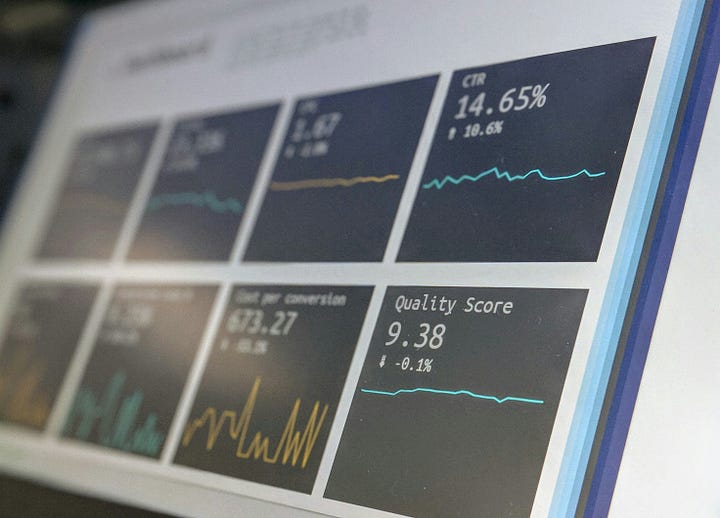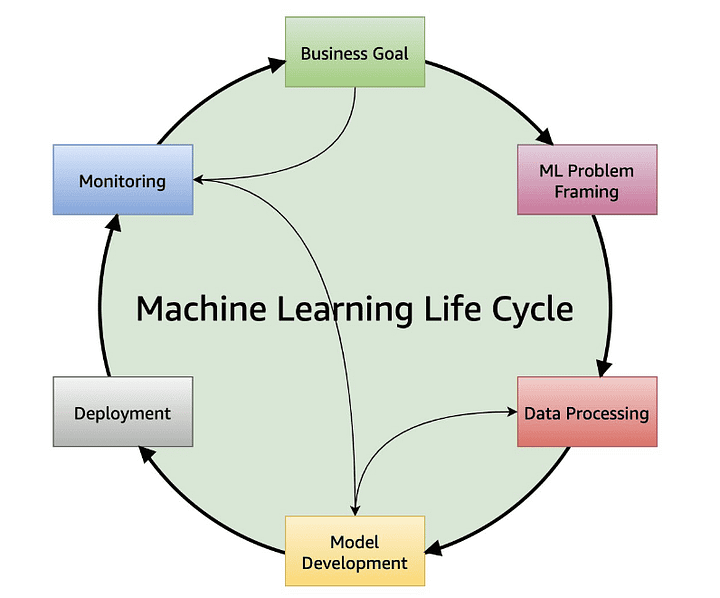Business Goals
Machine Learning (ML) Systems in the real world, ought to be mapped to the business outcomes. Successful projects have clearly defined business objective(s) & these business objectives can often be conflicting. Businesses often face the challenge that improving one metric directly worsens the other - there's no technical solution that can simultaneously maximise both objectives perfectly.
Banks have to find the optimal balance point based on their risk tolerance, customer base, and competitive position. The other case in point is the display of recommendation engines that drive user engagement & display ad revenue. Engagement-optimized models tend to promote polarizing, sensationalist, or addictive content, even if it's borderline misinformation or emotionally manipulative.


Smart Systems
Nevertheless, it's expected of any production ML system to display following characteristics :
Scalability : ML Models can grow complex fairly quickly. It can be because the number of parameters used to make predictions has increased from 100 million to a Billion. The data volumes have increased due to increased user traffic or there's the addition of more features. ML Systems should be able to Scale up as well as scale down in terms of resource requirements such as CPU, GPU, Memory and network bandwidth, they should also be able to handle growth in the number of ML models or algorithms designed to meet various business objectives that scale out .
Maintainability : As the system & the underlying infrastructure grows and increases in complexity, these should be maintained with the help of documentation, code review processes, data cleansing and versioning of artefacts. As the standards, teams and operations grow, regularly carrying out maintenance activities, training of team members and refactoring of the code should be conducted.
Adaptability : Systems should have the capacity to discover performance management and updates without service interruption. Cloud-based platforms like AWS SageMaker, Google Cloud AI, and Azure ML implement blue-green deployments and rolling updates that maintain service continuity during model transitions. These systems actively monitor model performance metrics and can detect degradation through automated alerts, though they typically require human intervention for complex decision-making. Production systems at companies like Netflix and Uber showcase gradual traffic shifting between model versions, allowing new models to be tested on small user segments before full rollout.
Reliability : System reliability is paramount in production ML environments, requiring robust design that maintains functionality despite various failure modes.
The system must gracefully handle hardware failures through redundancy and failover mechanisms, ensuring continuous operation when servers crash or network connections drop. Software faults, including bugs in code updates or dependency conflicts, should be contained through proper error handling and rollback capabilities. Human errors, such as incorrect configuration changes or accidental data deletions, need safeguards like automated backups, configuration validation, and staged deployment processes.
By implementing comprehensive fault tolerance, monitoring systems, and recovery procedures, ML systems can maintain their desired performance levels and continue delivering accurate predictions even when facing unexpected adversities, ensuring business continuity and user trust.
Iterative Process
Deploying an ML system marks the beginning, not the end, of its lifecycle. Unlike traditional software that remains relatively stable post-deployment, ML systems require continuous iteration due to their dynamic nature. Real-world data constantly evolves, causing model performance to degrade over time through data drift and concept shifts. Production deployment reveals new edge cases, user behaviours, and system bottlenecks that weren't apparent during development.
Teams must establish robust monitoring frameworks to track model accuracy, latency, and business metrics in real-time. Regular retraining with fresh data, feature engineering improvements, and architecture optimizations become essential maintenance tasks. This iterative approach ensures the system adapts to changing conditions, maintains reliability, and continues delivering business value throughout its operational lifetime.
For additional reading, refer : Designing Machine Learning Systems by Chip Huyen .


